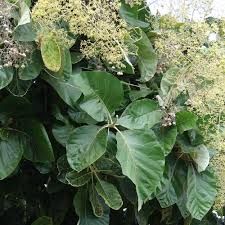Teak (Tectona grandis):

Tissue-cultured teak is being promoted as a high-yield, fast-return solution to boost India’s timber cultivation and trade, raising debates about its productivity, economic viability, and ecological sustainability.
- Teak (Tectona grandis) is globally valued for its durability, strength, and resistance to pests and water, earning it the title of “king of timbers”.
- It is one of the world’s most valuable tropical hardwoods, extensively used in shipbuilding, construction, furniture, flooring, and musical instruments.
- India holds 35% of the world’s planted teak forests, with Asia accounting for over 95% of global teak resources.
- As per the FAO Global Teak Resources and Market Assessment 2022, Madhya Pradesh and Maharashtra have the largest areas of native teak forests.
- It is native to South and Southeast Asia, especially India, Myanmar, Thailand, Laos, and Indonesia.
- In India, teak is found in Madhya Pradesh, Maharashtra, Karnataka, Kerala, Tamil Nadu, Assam, and the Northeast region.
- It grows primarily in moist deciduous and mixed deciduous forests.
- It prefers well-drained soils and full sunlight. It can grow up to 30–40 meters in height and live for hundreds of years.




